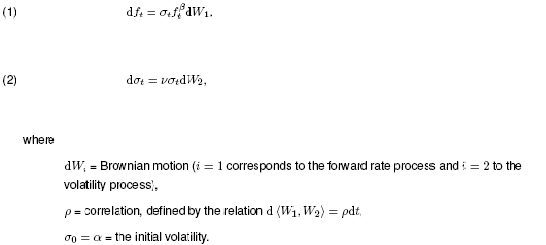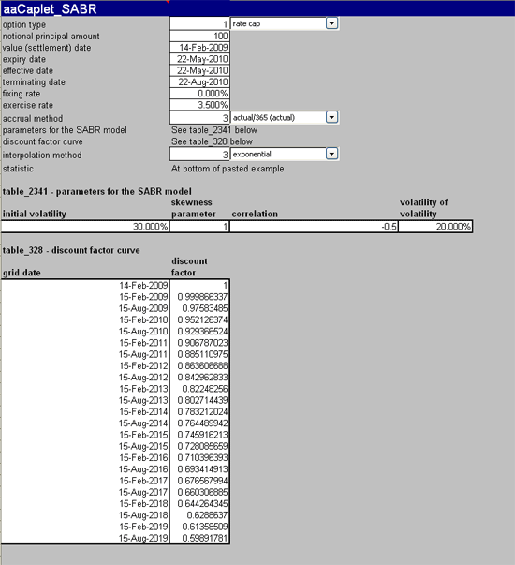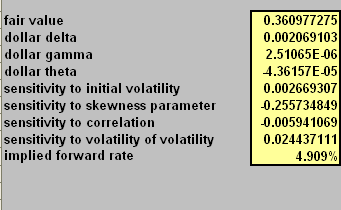Money-Fund Overhaul Gives Federal Home Loan Banks New Prominence
A rise in debt issuance by the FHLBs lends fresh support to a U.S. mortgage market in flux
By Katy Burne
The Wall Street Journal
Jan. 23, 2017 7:30 a.m. ET
The Federal Home Loan Banks are emerging as one of the unexpected
beneficiaries of last year’s money-market fund overhaul, lending fresh support
to a U.S. mortgage market in flux as interest rates creep higher.Money funds that invest in government debt are fueling a rise in debt issuance by the FHLBs, independently chartered financial institutions created by Congress 80 years ago to bolster U.S. housing finance. The increase is a boon to FHLB member banks like J.P. Morgan Chase & Co. and Wells Fargo & Co., which borrow from the FHLBs for a range of needs including to fund mortgage lending, and is the latest ripple from a series of regulatory changes at the heart of financial markets.
The home loan banks’ outstanding debt rose nearly 10% from a year earlier in 2016, finishing the year at $989.3 billion, its highest level since 2009. About 30% of their debt is now floating-rate debt, the most since at least 2002, and a nod to growing money-market fund appetite for short-term government debt.
Each of the 11 regional home loan banks lends to local members such as banks and other financial institutions, secured by the mortgage loans or bonds posted by the borrowers. Because the FHLBs were created by Congress, money funds often consider their debt to be the next best thing to government debt.
The lending surge isn’t the first turn in the spotlight for the FHLBs, which are headquartered in cities as diverse as Dallas, New York, Pittsburgh and Topeka, Kan. In the 2008 crisis, the Federal Reserve called FHLBs the “lender of next-to-last resort” after the Fed’s discount window, citing the home loan banks’ role in helping lenders survive the financial meltdown.
Home Grown
Federal Home Loan Banks have increased their outstanding
borrowings, and the component that is floating-rate debt, to help fund new
loans to banks.
Total debt outstanding

Top Borrowers from FHLBs*
Loans outstanding to member banks†
FHLB debt eligible to be bought by U.S. money funds‡



*through Sept. 30, 2016 †as of year end
‡Bonds
with 397 or fewer days to maturity
Sources: FHLB Office of Finance; Inside Mortgage Finance
(top banks) THE WALL STREET JOURNAL.
Wall Street Journal
It is the latest sign of how far-reaching the 2016 money-market overhaul has
been. That effort, overseen by the Securities and Exchange Commission, aimed to
prevent a repeat of the 2008 run on a large money-market fund that lost money
on debt holdings issued by Lehman Brothers Holdings Inc.The new regulations required so-called prime money-market funds holding mostly corporate securities to report daily share prices that fluctuate with changes in their portfolios, rather than fixed share values.
Over the past year, this prompted many investors to shift about $1 trillion from prime funds into government-debt funds that aren’t subject to the same restrictions. Funds flowed out of prime funds that once were the leading purchasers of bank commercial paper and certificates of deposit and into government-only funds.
Now the FHLBs, helped by the appetite from government funds, are lending money to banks that have seen their access to prime-fund cash curtailed.
“FHLBs have always been a source of attractive financing,” said Mark Cabana, interest-rate strategist at Bank of America Merrill Lynch. With the money fund overhaul having limited a source of short-term funding, “having the FHLBs step up is increasingly convenient.”
The FHLBs are the second-largest issuer of debt held by U.S.-taxable money-market funds, after the Treasury, according to iMoneyNet.
Government money funds like to buy the FHLB’s floating-rate securities because while they have maturities ranging from six to 18 months, their interest rates reset monthly or quarterly with the London interbank offered rate benchmark, and are attractive to investors anticipating a rising-rate environment.
Last year, the FHLBs’ regulator—the Federal Housing Finance Agency that also regulates government-backed mortgage giants Fannie Mae and Freddie Mac—warned the FHLBs were exposing themselves to the risk that they could be unable to refund maturing short-term debt called “discount notes” if the market dried up.
“We want them to always take advantage of opportunistic times,” said Andre Galeano, associate director of examinations in the division of FHLB regulation at the FHFA. “We don’t want them to have to issue when market conditions are not apt.”
David Messerly, investor relations director at the FHLB Office of Finance, said the FHLBs were in dialogue with their regulator about those concerns but declined to specify further. Since the warning, discount notes have fallen to 41.5% of outstanding FHLB debt, down from a peak of 54% in December 2015.
The increased lending by FHLBs also is timely because demand for their secured loans is growing, on account of new federal rules requiring banks to have predetermined levels of cash on hand.
With banks now subject to new liquidity rules and constrained from too much short-term borrowing, the FHLBs have stepped in and are able to provide low-cost loans to big U.S. banks.
The largest borrower from FHLBs is J.P. Morgan, which had $79.5 billion in loans outstanding in the third quarter, up 8% from the year before, according to Guy Cecala, chief executive of lending-trade publication Inside Mortgage Finance. A spokesman for J.P. Morgan declined to comment.
Wells Fargo is the second-largest borrower. Its borrowings hit $68.7 billion as of the third quarter, up 158% from the year earlier period. A Wells Fargo spokesman said the terms of FHLB loans make them attractive.
“Demand for our debt is strong, and that’s a good thing. It keeps liquidity flowing to member banks so they can keep lending,” Mr. Messerly said.
Write to Katy Burne at katy.burne@wsj.com







